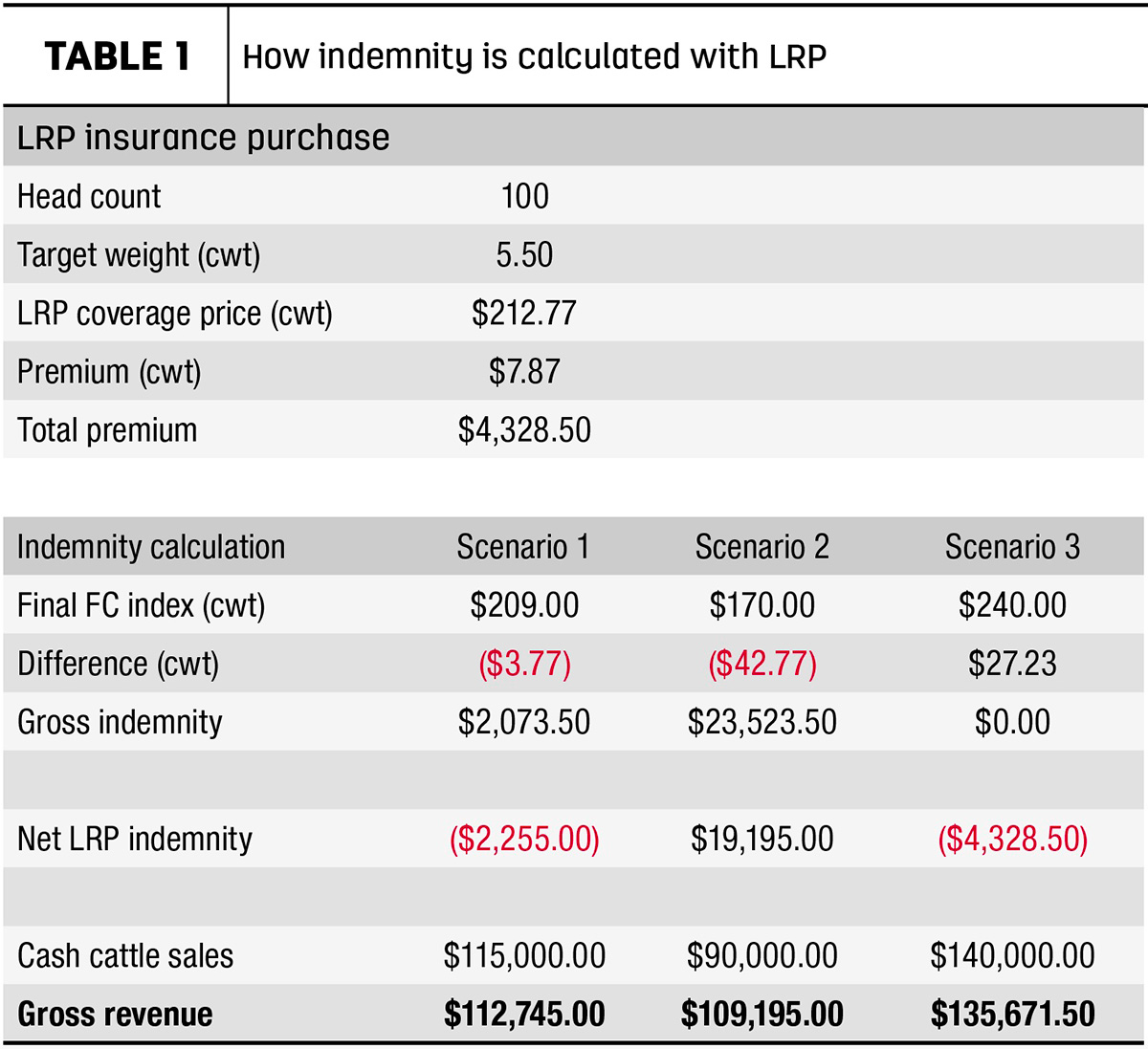Bagley Risk Management Solutions: Your Shield Against Uncertainty
Bagley Risk Management Solutions: Your Shield Against Uncertainty
Blog Article
Comprehending Livestock Danger Defense (LRP) Insurance: A Comprehensive Guide
Browsing the world of livestock threat protection (LRP) insurance policy can be a complicated endeavor for numerous in the agricultural industry. From exactly how LRP insurance functions to the different insurance coverage options available, there is much to discover in this detailed overview that can possibly form the means animals manufacturers come close to threat management in their services.

Exactly How LRP Insurance Functions
Occasionally, recognizing the auto mechanics of Animals Risk Protection (LRP) insurance coverage can be complex, but damaging down exactly how it functions can supply quality for farmers and ranchers. LRP insurance is a risk administration device designed to protect livestock manufacturers versus unforeseen rate decreases. It's important to note that LRP insurance is not an earnings warranty; rather, it focuses exclusively on rate threat security.
Eligibility and Protection Options

When it comes to coverage options, LRP insurance policy offers producers the flexibility to pick the protection level, insurance coverage duration, and recommendations that ideal fit their risk monitoring requirements. By comprehending the qualification requirements and insurance coverage alternatives readily available, livestock producers can make informed choices to take care of danger successfully.
Benefits And Drawbacks of LRP Insurance
When evaluating Livestock Risk Protection (LRP) insurance, it is important for livestock producers to consider the benefits and negative aspects intrinsic in this threat administration tool.

One of the primary advantages of LRP insurance policy is its capacity to offer security against a decline in animals costs. Furthermore, LRP insurance coverage supplies a level of versatility, allowing manufacturers to tailor insurance coverage levels and policy durations to suit their specific requirements.
One restriction of LRP insurance is that it does not protect versus all types of risks, such as illness break outs or natural calamities. It is vital for manufacturers to meticulously examine their individual threat direct exposure and economic situation to figure out if LRP insurance coverage is the right threat administration tool for their procedure.
Understanding LRP Insurance Premiums

Tips for Taking Full Advantage Of LRP Advantages
Maximizing the benefits of Animals Risk Security (LRP) insurance policy requires tactical preparation and proactive risk administration - Bagley Risk Management. To maximize your LRP protection, think about the following pointers:
Consistently Assess Market Conditions: Stay educated regarding market patterns and cost fluctuations in the livestock industry. By keeping track of these factors, you can make educated decisions regarding when to purchase LRP coverage to secure versus possible losses.
Set Realistic Insurance Coverage Degrees: When picking protection levels, consider your production costs, market price of livestock, and prospective dangers - Bagley Risk Management. Setting reasonable protection levels makes sure that you are sufficiently secured without overpaying for unnecessary insurance
Diversify Your Coverage: Rather than Get the facts depending only on LRP insurance policy, take into consideration expanding your risk administration methods. Incorporating LRP with various other danger management devices such as futures agreements or alternatives can provide thorough insurance coverage against market unpredictabilities.
Evaluation and Readjust Coverage Frequently: As market problems transform, regularly examine your LRP protection to ensure it straightens with your current danger direct exposure. Changing coverage degrees and timing of purchases can aid enhance your threat security technique. By following these pointers, you can maximize the advantages of LRP insurance and secure your livestock procedure versus unanticipated risks.
Verdict
Finally, livestock threat protection (LRP) insurance policy is a useful tool for farmers to handle the economic dangers related to their animals procedures. By understanding just how LRP works, qualification and coverage alternatives, in addition to the benefits and drawbacks of this insurance, farmers can make educated choices to protect their livelihoods. By thoroughly taking into consideration LRP costs and executing approaches to make best use of benefits, farmers can reduce possible losses and ensure the sustainability of their operations.
Animals producers interested in acquiring Animals Threat Security (LRP) insurance policy can explore a range of qualification criteria and coverage options tailored to their details animals operations.When it comes to navigate here protection options, LRP insurance coverage supplies manufacturers the adaptability to choose the coverage degree, insurance coverage period, and endorsements that finest fit their threat management needs.To grasp the complexities of Livestock Danger Security (LRP) insurance coverage completely, recognizing the variables affecting LRP insurance policy costs is essential. LRP insurance coverage premiums are determined by various elements, consisting of the insurance coverage degree selected, the anticipated rate of livestock at the end of the protection period, the type of livestock being insured, and the size of the insurance coverage duration.Review and Adjust Insurance Coverage Routinely: As market problems alter, regularly examine your LRP protection to guarantee it straightens with your present risk exposure.
Report this page